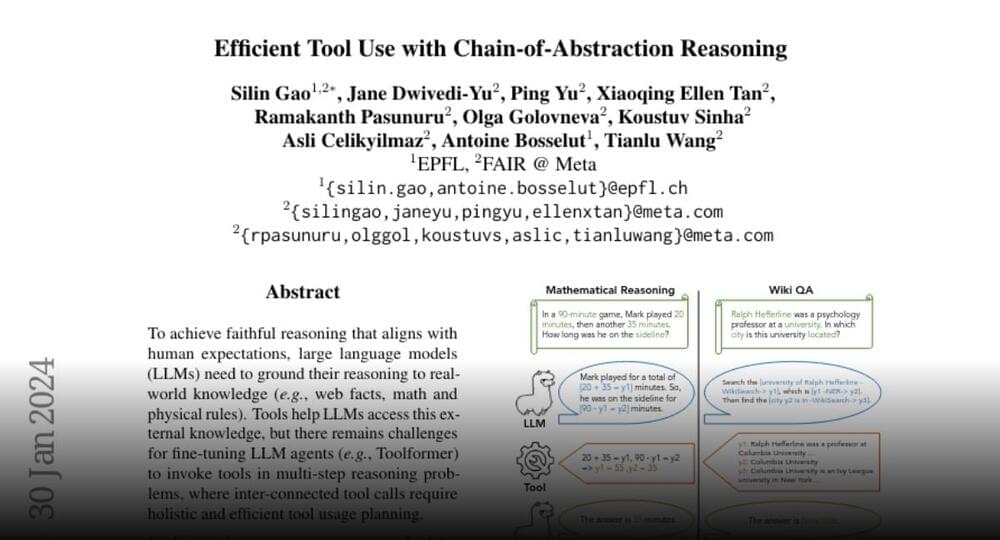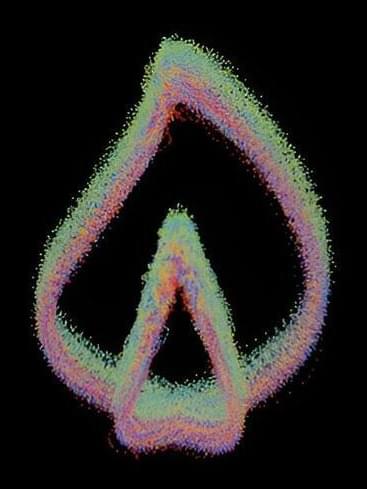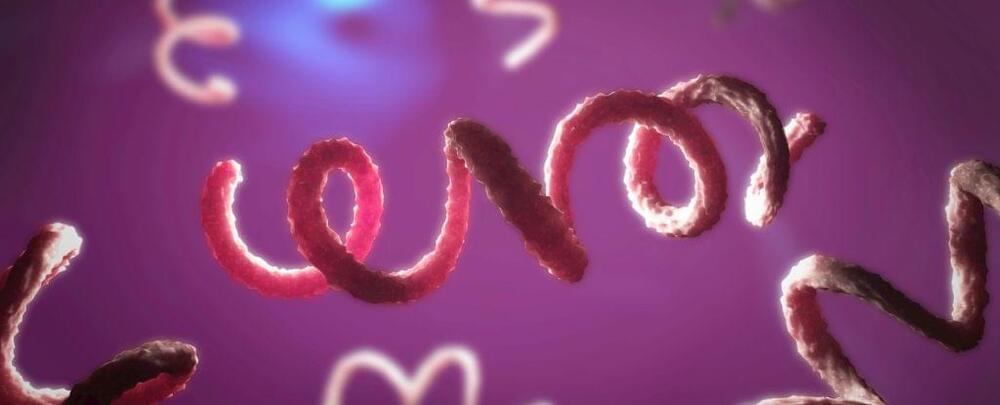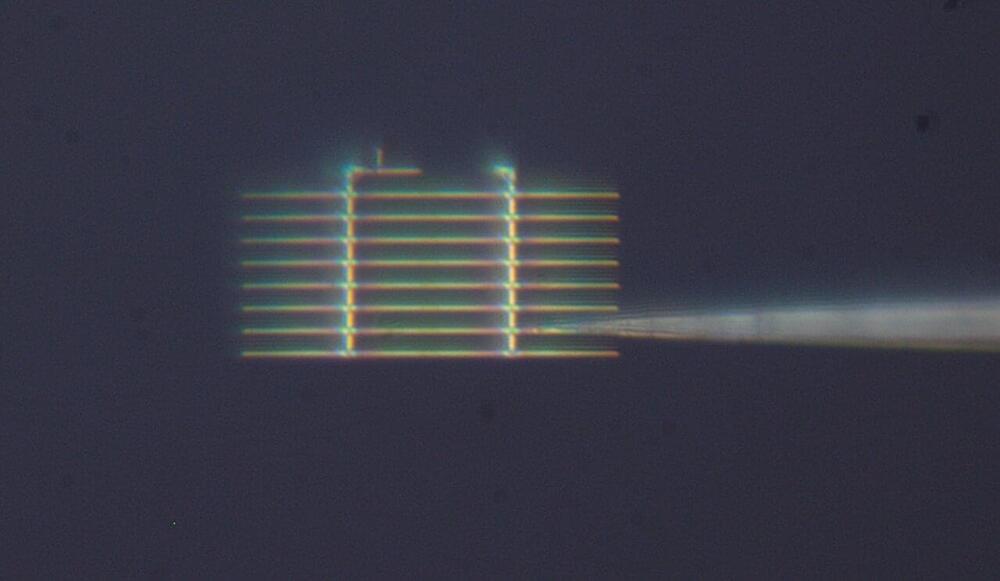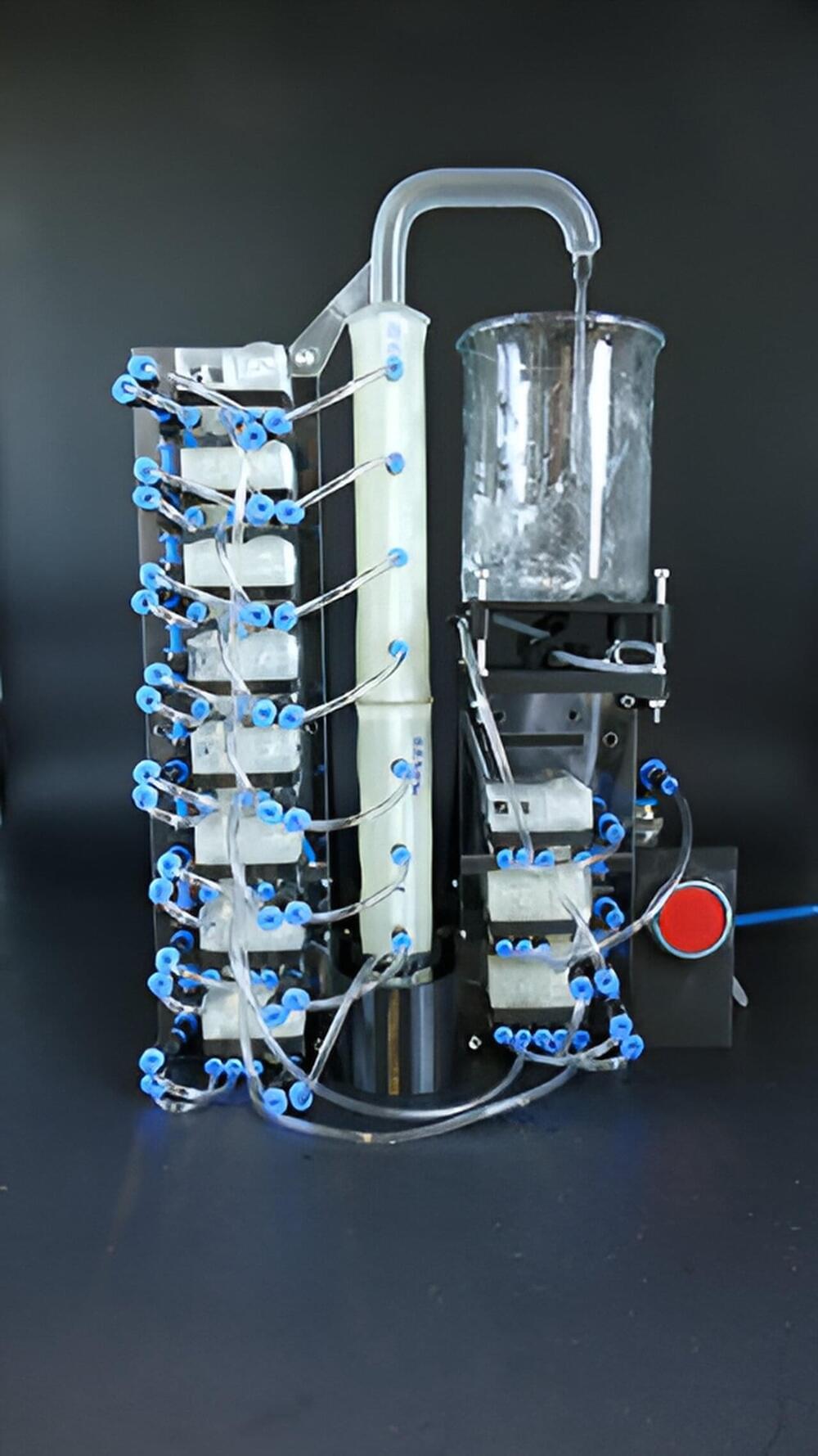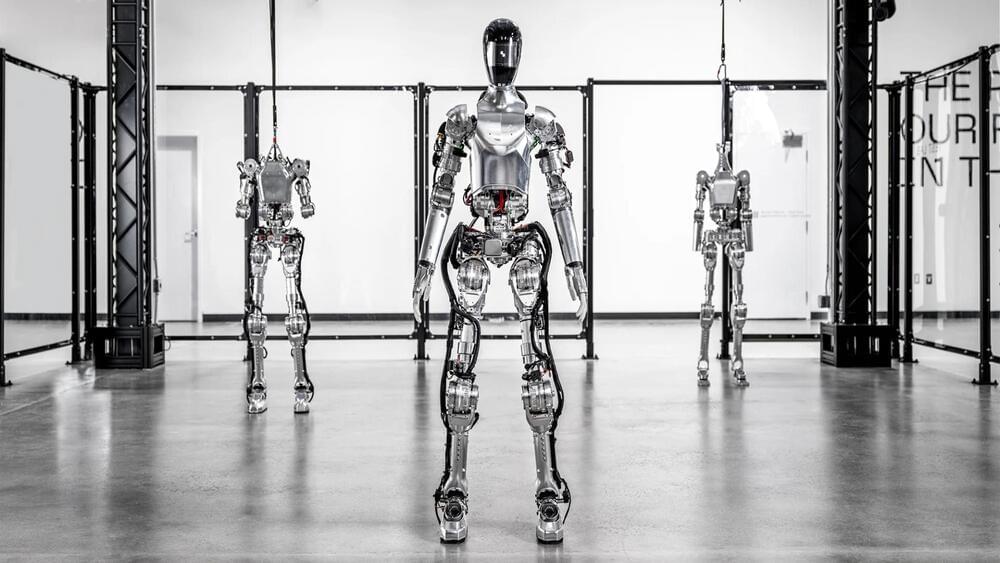The Royal Zoological Society of Scotland (RZSS) has recaptured the escaped Japanese macaque that led authorities on a high-profile chase for nearly five days.
The macaque in question escaped its enclosure at Scotland’s Highland Wildlife Park zoo on Sunday, prompting a frenzied search throughout the region. Japanese macaques, of course, aren’t exactly Scottish locals; the event has reportedly been quite the ordeal for the area, especially considering how deft the monkey proved at evading recapture.
“You would think we were chasing an international fugitive,” area local Carl Nagle, who caught sight of the macaque on Sunday night as it chomped down on the Scotsman’s backyard birdseed, told The New York Times earlier this week, “instead of an innocent monkey.”


